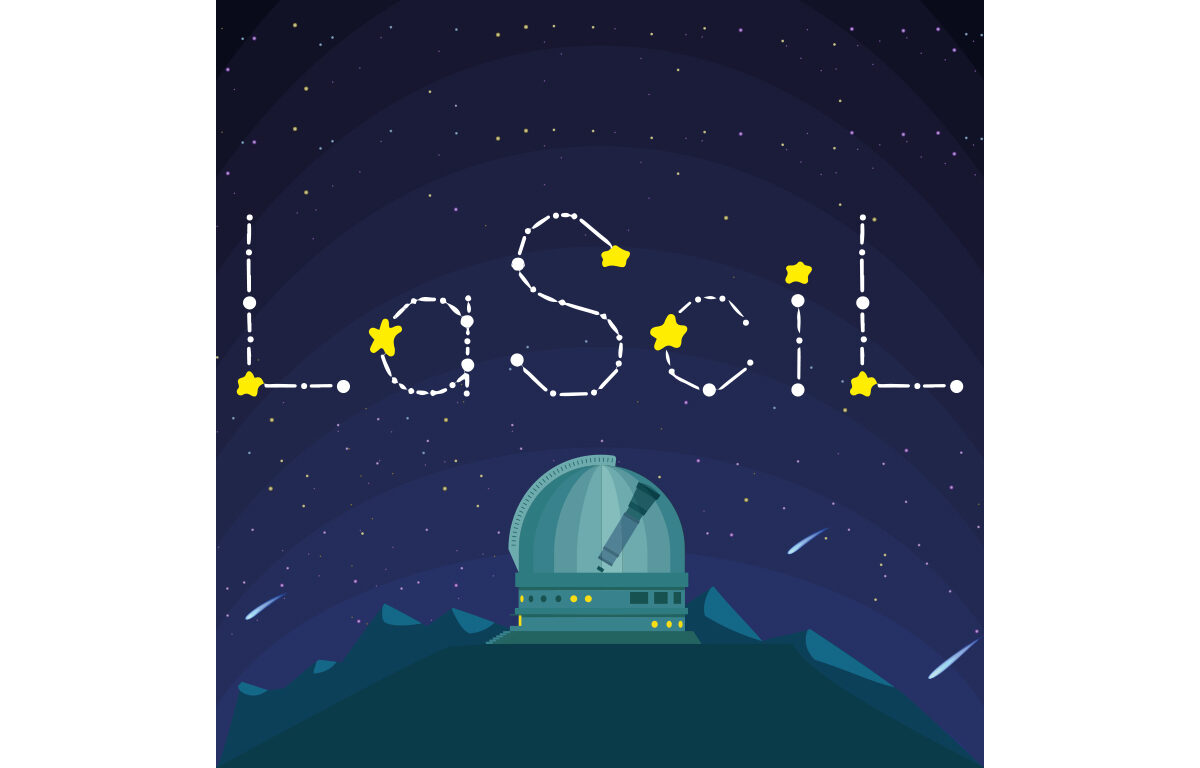Demonstrators are educational scenarios that use LaSciL’s tools to bridge astronomical observation and space science with school science.
The project team will develop 20 demonstrators which will gradually become available in this webpage. Additional demonstrators will be created by teachers in participating schools.
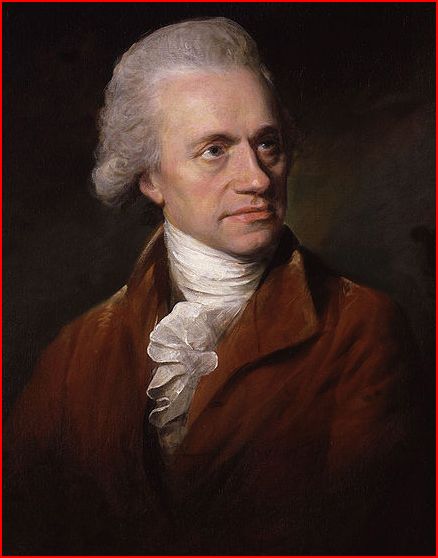
Today, I am William Herschel
Recreate the discovery of planet Uranus.
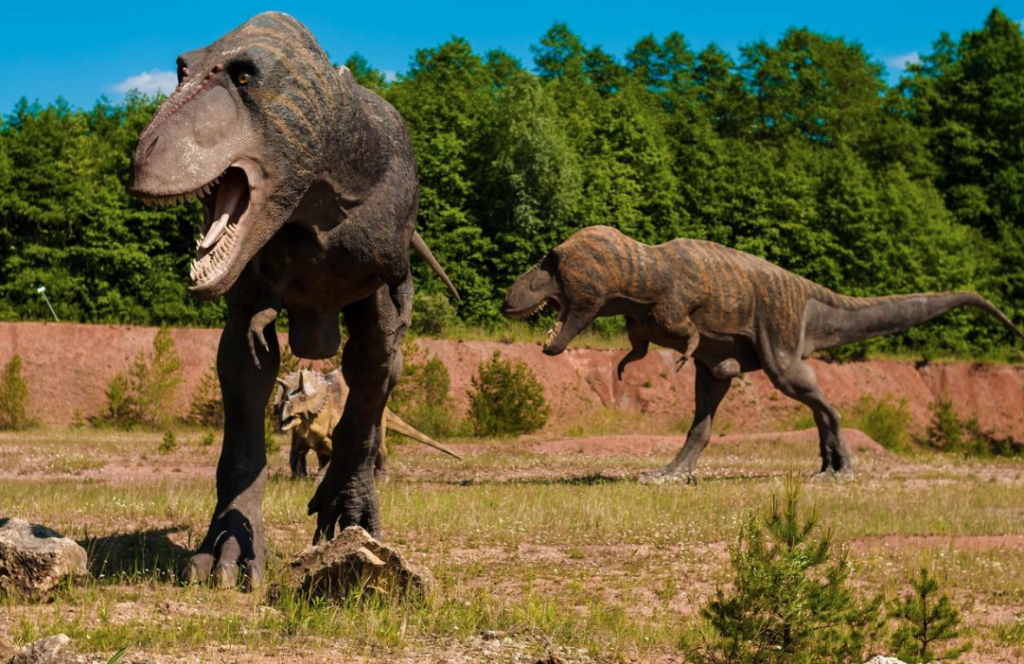
(Don’t)Look Up!
Measuring impacts from space.
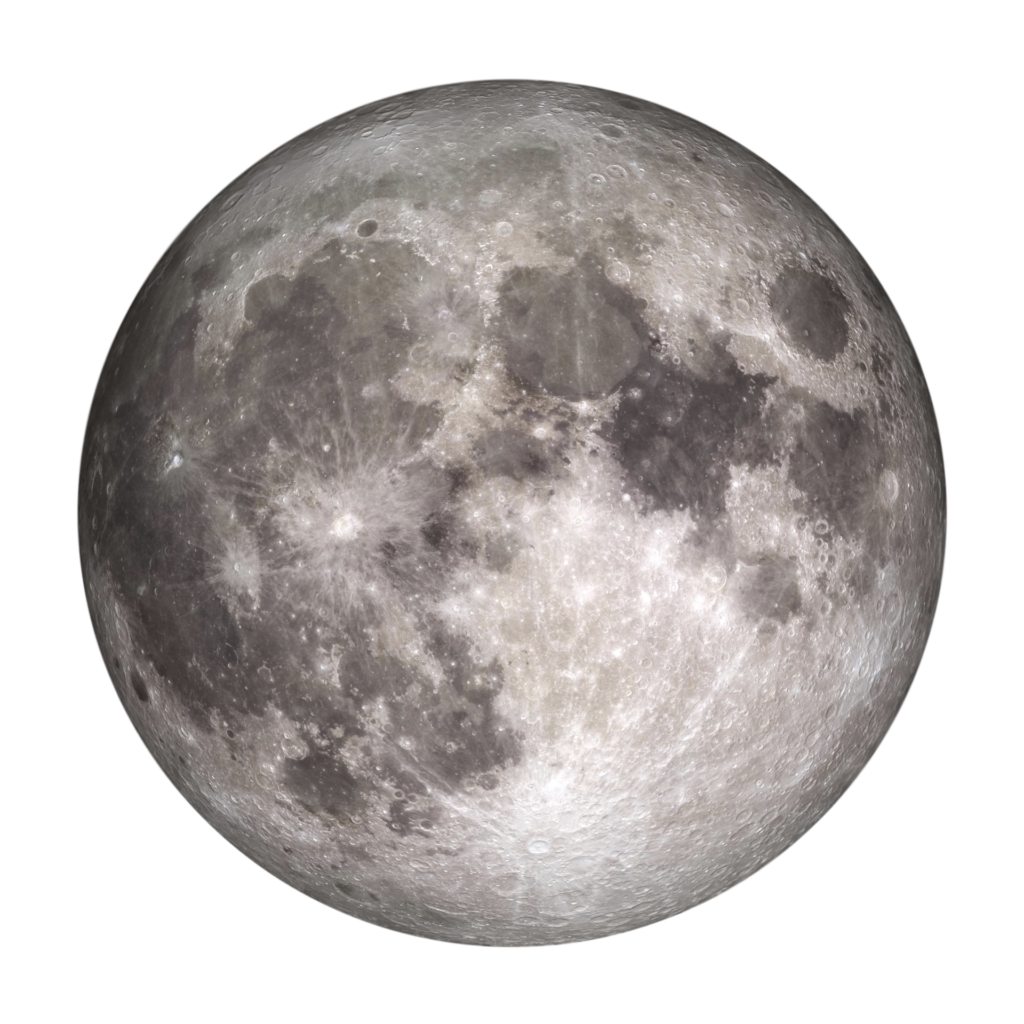
How Far is the Moon?
Use of high school geometry in calculating astronomical distances.
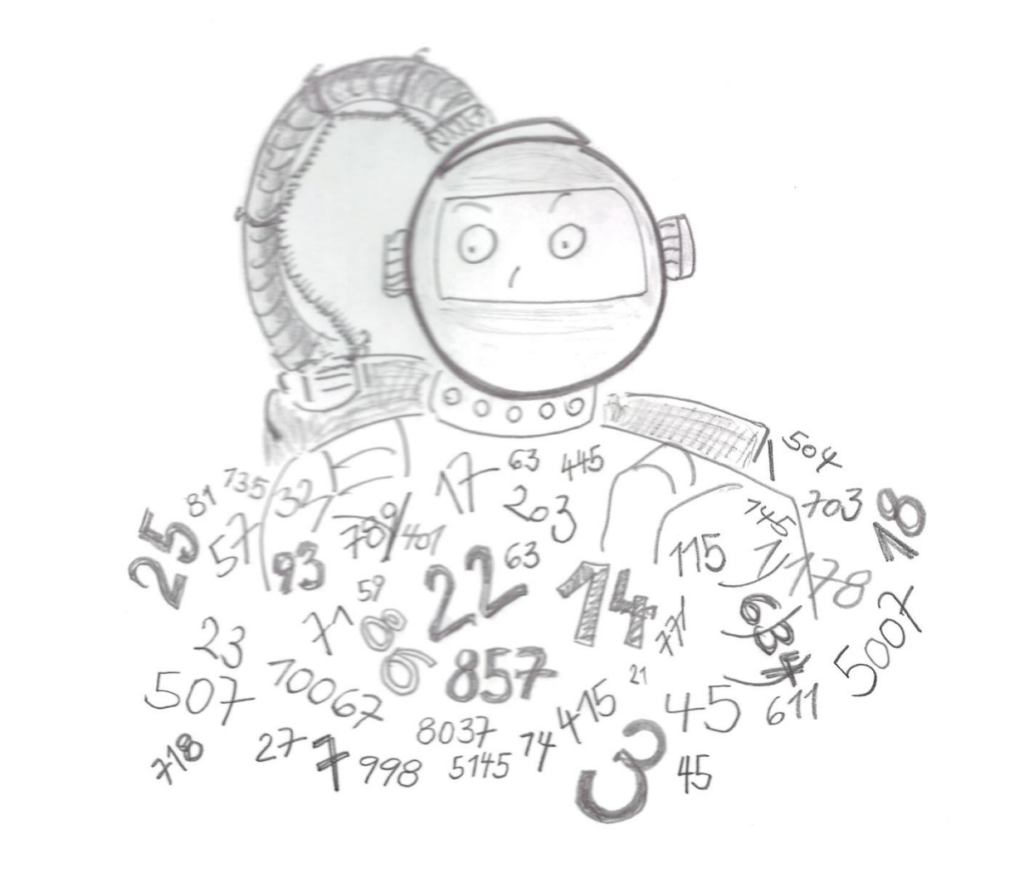
Be an Astronaut
Learn how astronauts make decisions based on data collection and evaluation.
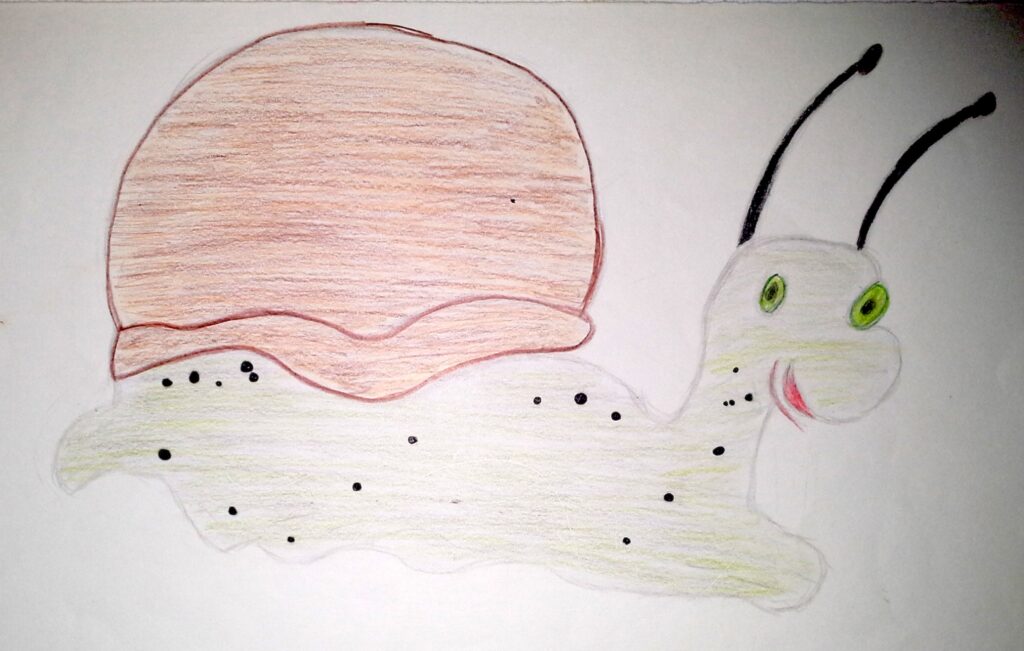
My Constellation
Understand what constellations are and create your own!
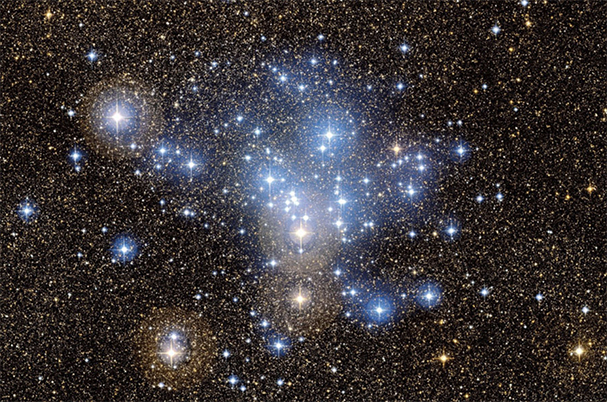
Imaging Open Clusters
Finding suitable open clusters for robotic telescopes.
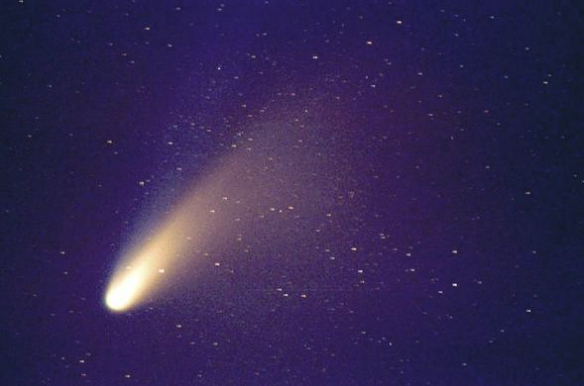
What’s that moving in the sky?
Observing comets with robotic telescopes.
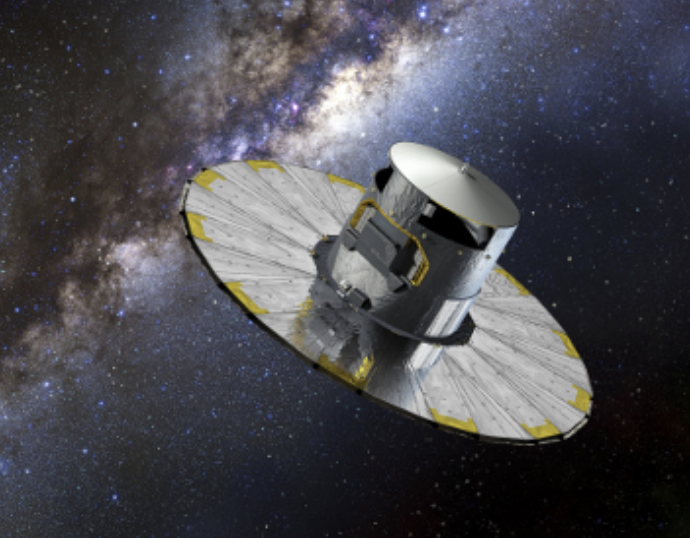
Using Gaia Alerts
Finding suitable targets, such as supernovae, for robotic telescopes.

Let’s predict a Coronal Mass Ejection
Learn about Coronal Mass Ejections and try to predict new events.
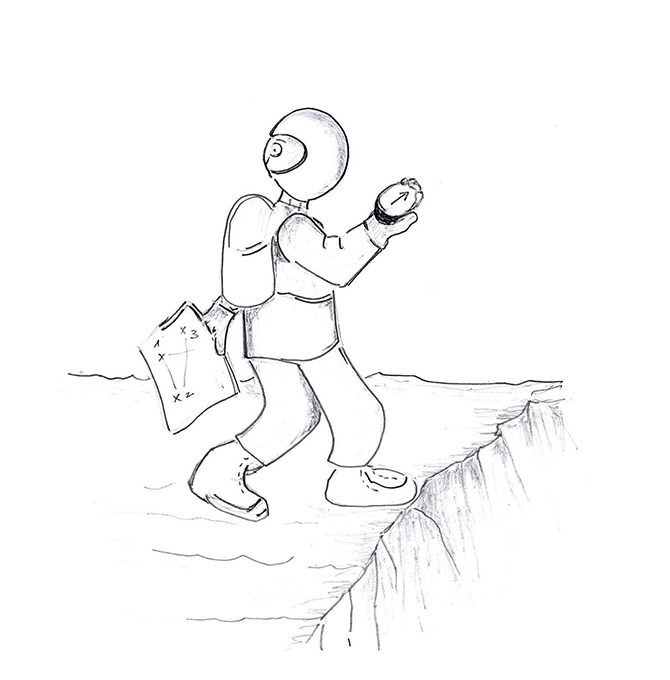
Orientation and Attitude!
Learn why orientation training is an important unit in astronaut training.
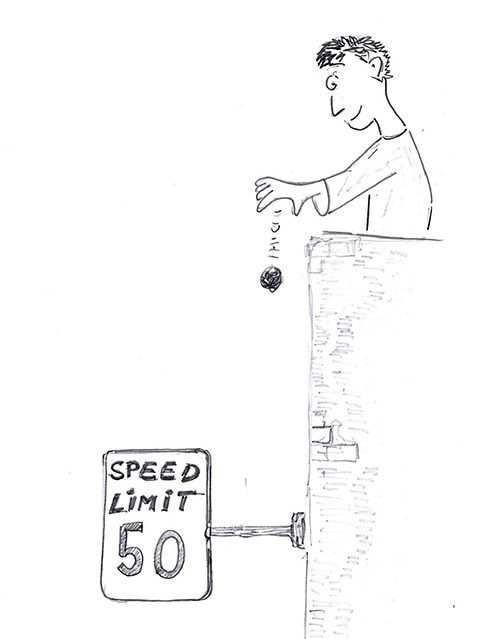
Looks like a rock!
To learn more about meteorites, you don’t necessarily have to run a lab in space.
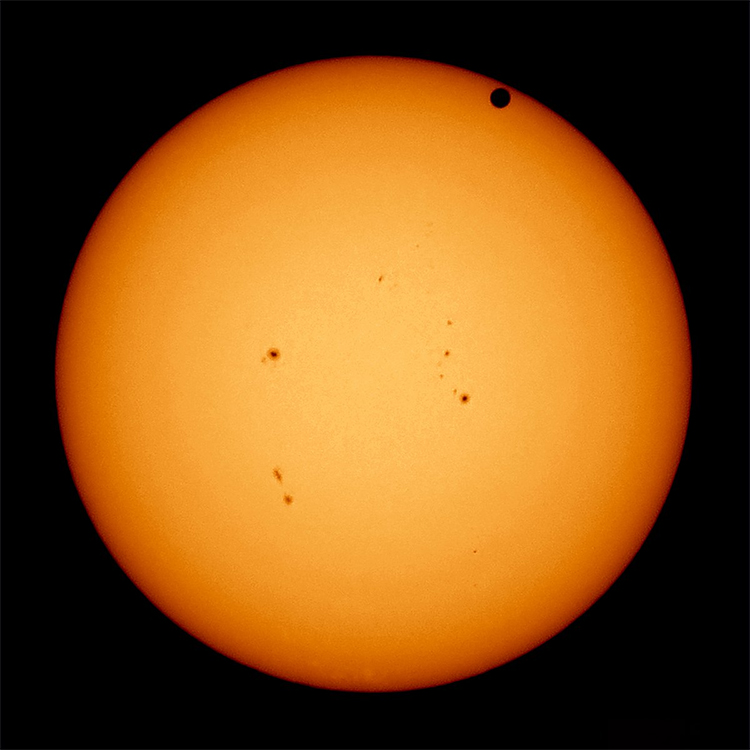
Our Closest Star!
Measuring the astronomical unit through the transit of Venus.d create your own!
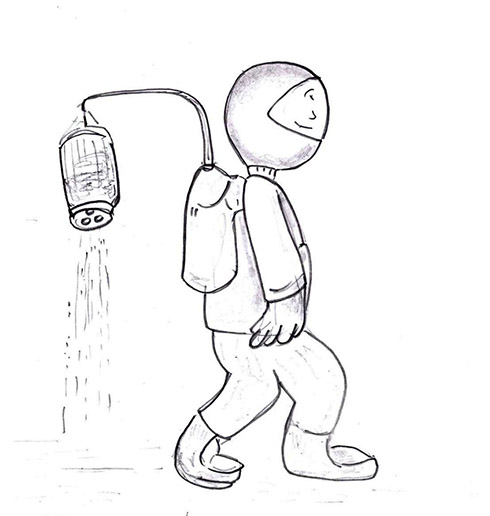
Caution – Contamination!
Investigate how contamination spreads as we explore new worlds.
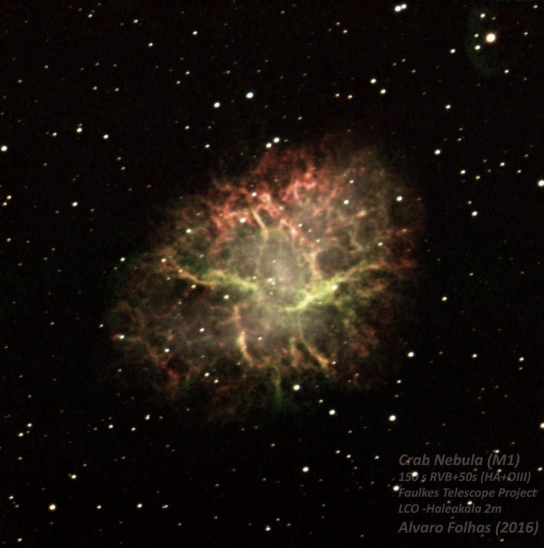
Discovering variable objects in the sky
How to create and analyze light curves.
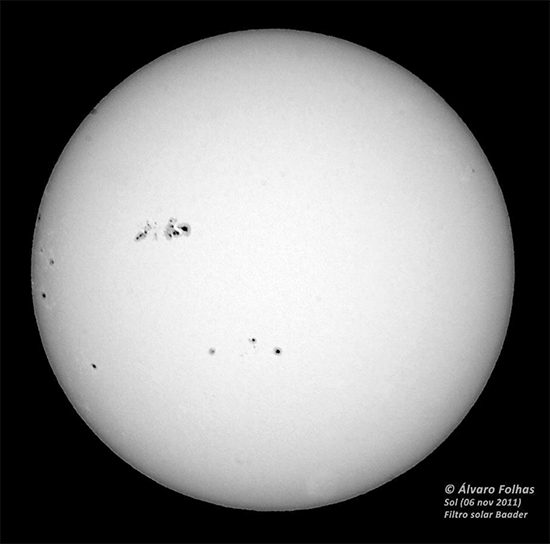
Determination of the period of differential rotation of the Sun
Does the sun rotate as a whole?
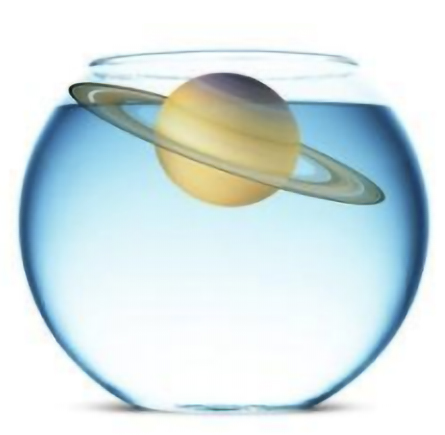
Giant planets in a cup of water
Throwing the giant planets in a cup of water.
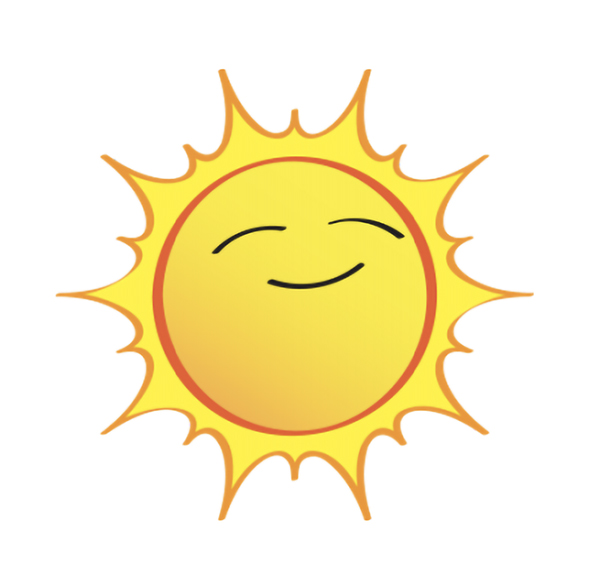
Does the Sun actually move?
The solar apparent motion for primary schools.
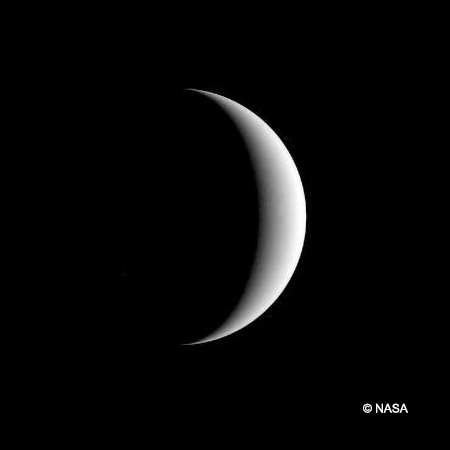
Become Galileo for a while
Studying the phases of Venus.
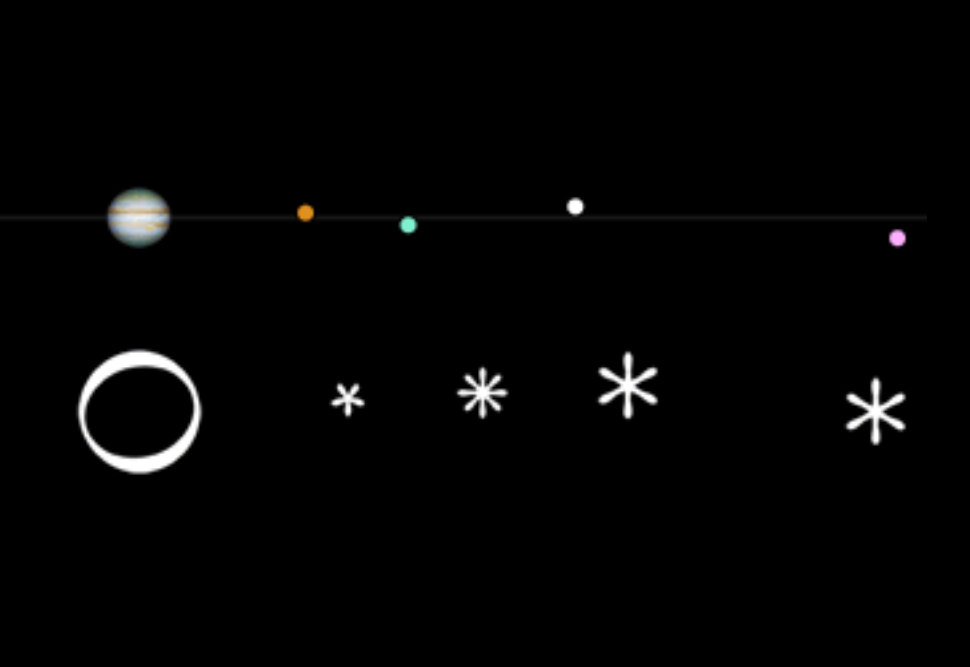
Jupiter’s moons
Follow the footsteps Galileo in establishing the scientific method for observing the sky.
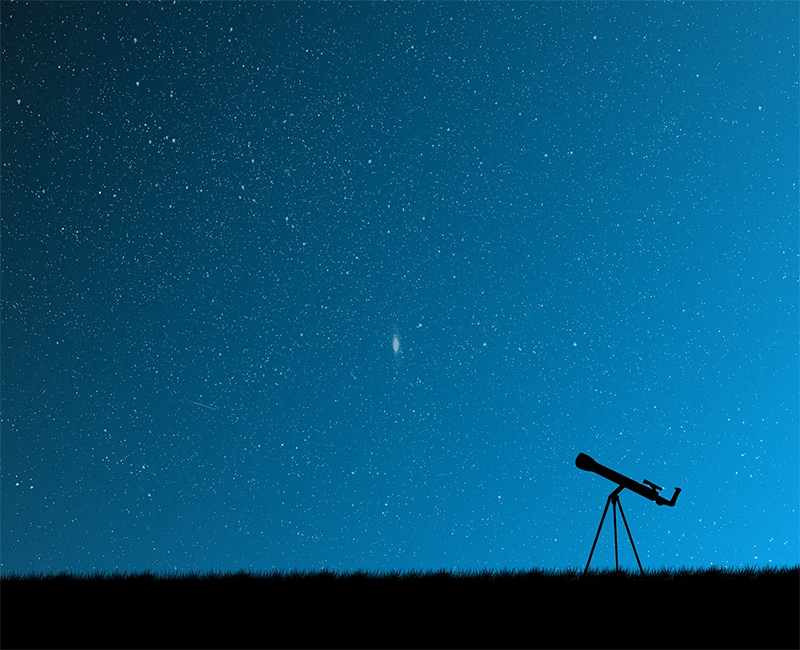
Introducing the telescope
Investigate fundamental optics using interactive apps.
